Is the lacewing a pest or protector, what benefits does the insect bring?
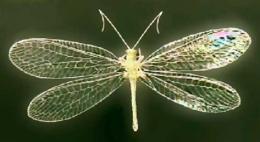
Lacewings are small light green insects with shiny, translucent wings. The lacewing is known to many gardeners, because it is its larvae, in the process of growth and development, that destroy a large number of various pests. That is why these midges are sometimes specially bred on a personal plot.
Content:
- Lifestyle and nutrition
- Reproduction
- Are lacewings beneficial or harmful?
- Lacewings on indoor flowers - how to get rid of them
Lifestyle and nutrition
Lacewings are small predatory insects that feed on a variety of pests plants. Midges do not cause any harm to plants. The article will tell you about the peculiarities of the lacewings’ lifestyle and nutrition, their benefits and harms.
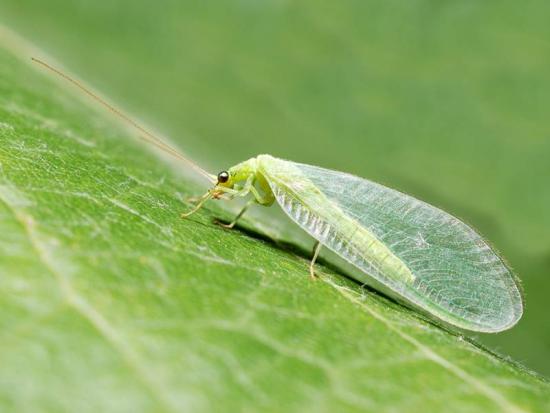
Features of the insect’s lifestyle and nutrition include:
- The first appearance of lacewings of the year occurs in the spring. As soon as the temperature rises above 10 C, small greenish midges appear in the air;
- The highest level of insect activity occurs in the evening. Like many other insects, they are attracted to the warm light of electric lamps. This is why lacewings can often be seen near lanterns and this also forces them to enter homes;
- The winter is spent in the cracks of wood bark, deep dry crevices of wooden buildings, falling into a state of stupor. In places where moisture does not flow;
- During the day, the lacewing prefers to hide in shaded places: under leaves and grass. Does not tolerate direct sunlight well;
- The flight height of the insect, despite the presence of two pairs of wings, is insignificant;
- Despite the fact that this is a fragile insect, it knows how to defend itself. The aroma emitted by the midge repels many predators.
Lacewings are predatory insects that feed on other insects. Their main dish is aphids. However, some adult midges do not feed on the most aphids, and its secretions: nectar and pollen.
The process of communication in lacewings occurs through vibrations of the posterior half of the body.
Despite their fragile structure and small size, lacewings are organized insects that bring a lot of benefits.
Destroying many crop pests, they cause virtually no harm. However, the question: is the lacewing a pest or a protector remains open.
Reproduction
After a period of hibernation, the lacewing begins to actively feed and only after this, the insect begins to lay eggs.
The reproduction process consists of several stages.
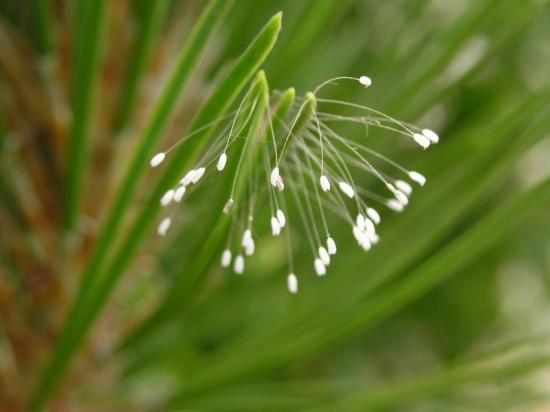
First of all, the female chooses the most suitable leaf for her with a large number of aphids to feed the larvae and releases a drop of sticky liquid onto it, which it stretches in the air into a thread 10-14 mm long. At the end of the string is the egg itself. During the course of a day, one female can lay up to sixty oblong eggs.
During her life, one female can lay up to four hundred eggs. Interestingly, the placement of all the eggs on separate strings is due to the need to protect the eggs from being eaten by the first hatched insect.
Within a couple of days, the eggs hatch into red and brown larvae. Their body length is 7 mm, there are three pairs of legs on each side, the most developed pair being the pectorals. The larval form is very voracious. The feeding process begins with hunting: the larva grabs aphids, through tubular mandibles resembling syringe needles, injects poison into the body of the victim, causing paralysis and eating.
The larval phase lasts for two weeks during which the larva absorbs at least four hundred aphids.
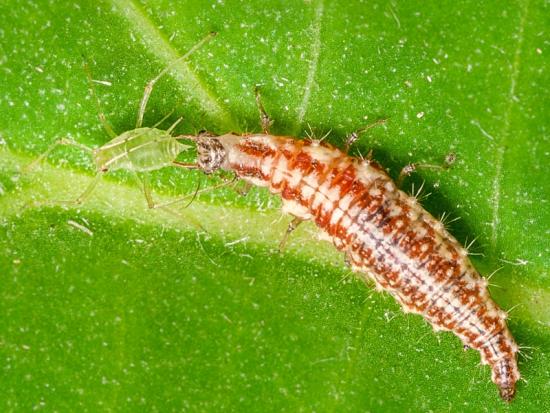
The larval stage is followed by the pupal stage, which lasts five days until the adult appears. Development occurs without an intermediate adult stage.
Lacewing pest or protector photos on the Internet can illustrate the process of reproduction and vital activity of insects. Each phase of development brings clear benefits to gardeners, because these midges are universal protectors against many pests.
Are lacewings beneficial or harmful?
Many gardeners speak out very clearly on this matter: the benefits are much greater than the harm they cause. These insects reliably protect plants in vegetable gardens, garden plots and greenhouses from pests. This is why they are often placed in green areas and bred.

Like the larvae, adult midges devour aphids, eggs and the pests themselves in large quantities.
An important feature is the fact that increased gluttony often leads to cannibalism.
Many gardeners are concerned about the question: is the lacewing a pest or a protector, the answer to it is almost clear. The insect is beneficial in open space and only when it appears in the house, on indoor plants, can it cause discomfort in humans.
Lacewings on indoor flowers - how to get rid of them
A number of obvious advantages for gardeners rarely please owners of indoor plants.
Often, midges can enter the house along with plants that were brought into the house from the street (begonias, amaryllis, violets, aloe and others). When these plants are attacked by pests, the lacewing destroys them, but this does not add joy to home owners.
With building materials, in particular wood. In winter, midges often climb into cracks and thus can get into the house.
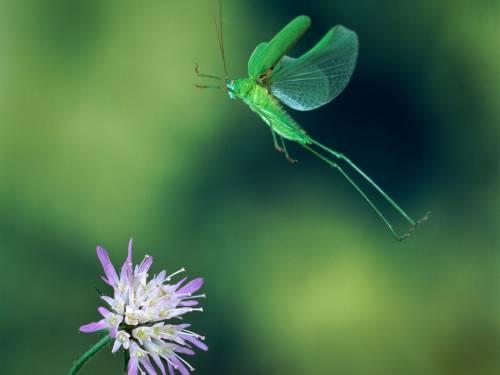
Regardless of the method of entry into the room, many prefer to get rid of them as soon as possible.
The main methods of struggle include:
- In the evening, open the window, turning off the lights in the house and turning them on outside. Since insects are attracted to electric light, they will fly towards it when leaving the building;
- If you need to get rid of insects quickly, you can use a vacuum cleaner. To do this, it is enough to collect insects with a device;
- The use of special sprays, in particular Dichlorvos. It is important to take aerosols during periods when there will be no people in the house;
- If lacewings appear on a plant, it can be sprayed with a solution of fifty grams of vanillin and one liter of water;
- Insects of this species do not tolerate high temperatures very well, so you can fight them using a fireplace or convector.
However, it is worth remembering that the lacewing is a protector plants and, before moving on to destruction, it is recommended to remember this and choose the most humane method of struggle.
Lacewings are small insects that provide a lot of benefits. Destroying a variety of pests, these insects do not cause any harm to plants.The only disadvantage of these midges is the fact that when they enter the house, they can cause some discomfort for the owners. If necessary, dealing with a problem in a building is simple.
Let's watch an interesting video about the life of the lacewing:

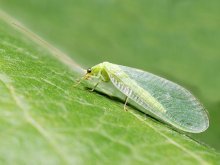
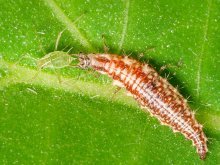
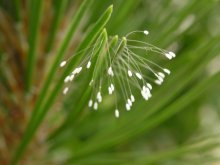
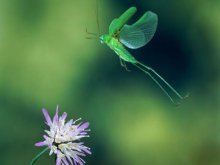

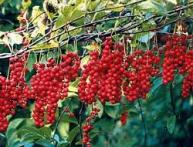



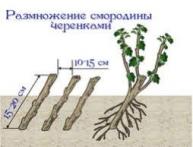
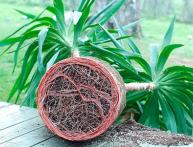
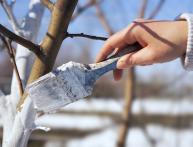
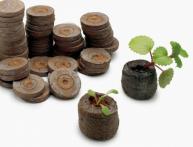
Comments
The mere fact that lacewings feed on aphids already makes their stay on the site useful. But I wouldn’t want to observe these insects on indoor plants; it would still be a pity if they died while processing the plants.
I saw such insects, but I could not even think that they bring such significant help. I didn’t really kick them out of the house; in principle, not many of them fly in, but you can find them on the windowsill. Now I will know who it is and treat them more carefully.
My cat, when I bring her to the dacha, really likes to hunt lacewings, she likes them. Now I’ll keep trying so that I don’t eat everyone, but there will still be fewer beneficial insects and aphids.